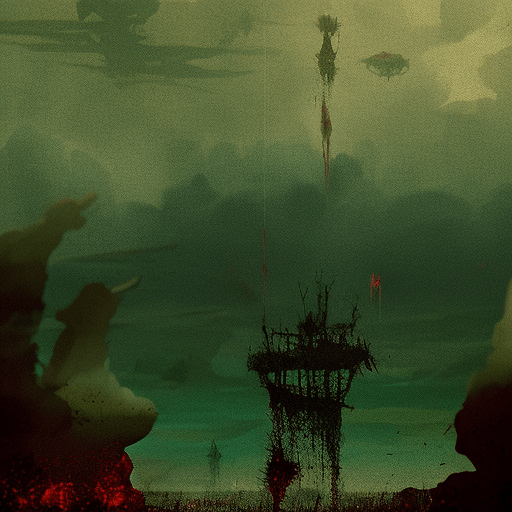One-line summary:
A group of British boys stranded on an uninhabited island descend into chaos and savagery, revealing the dark side of human nature in William Golding’s “Lord of the Flies.”
The Descent into Savagery
In “Lord of the Flies,” a group of boys, aged 6 to 12, find themselves stranded on an uninhabited island after their plane crashes. Initially, they attempt to establish order and create a society similar to the one they left behind. They elect Ralph as their leader and establish rules, such as maintaining a signal fire and taking turns speaking during assemblies. However, as time passes and their hopes of rescue diminish, the boys’ civilized behavior begins to erode, and they descend into savagery.
The first signs of this descent into savagery are seen in the boys’ neglect of their responsibilities. They fail to keep the signal fire going, allowing a passing ship to miss their chance of rescue. The boys become preoccupied with hunting and the thrill of killing, symbolized by their obsession with hunting a wild pig. The once-innocent boys, such as Jack and Roger, become increasingly bloodthirsty and violent, relishing in the power they feel when they take a life.
The Conflict between Ralph and Jack
A significant source of tension in the novel is the power struggle between Ralph and Jack. Ralph represents order, democracy, and the desire to be rescued, while Jack embodies savagery, dictatorship, and the pursuit of power. As the boys’ society crumbles, Jack forms his own tribe and lures many of the boys away from Ralph’s leadership.
Under Jack’s rule, the boys indulge in their primal instincts, painting their faces, engaging in tribal dances, and committing acts of violence. They even go so far as to hunt and kill Simon, mistaking him for the “beast” that haunts their nightmares. The conflict between Ralph and Jack reaches its climax when Jack’s tribe steals Piggy’s glasses, the only means of starting a fire. This act symbolizes the triumph of savagery over reason and marks the point of no return for the boys’ descent into chaos.
The Beast Within
Throughout the novel, the boys grapple with the concept of a “beast” that they believe inhabits the island. Initially, they fear a physical beast, but as the story progresses, it becomes clear that the true beast resides within each of them. The beast represents the inherent evil and darkness that exists within human nature, which is unleashed when civilization and societal norms are stripped away.
As the boys succumb to their primal instincts, they project their fears onto a mythical beast, attributing their own savagery to an external force. This fear of the beast drives them further into madness and fuels their descent into chaos. In the end, it is Simon who realizes that the beast is not an external entity but a manifestation of their own inner darkness. Unfortunately, his attempt to share this revelation with the others ends in tragedy.
Key Takeaways:
- The novel explores the dark side of human nature and the potential for savagery that exists within all individuals.
- Power struggles and the desire for control can lead to the breakdown of society and the loss of morality.
- Fear and the need for a scapegoat can drive individuals to commit acts of violence and cruelty.
“Maybe there is a beast… maybe it’s only us.”
– William Golding, Lord of the Flies
In “Lord of the Flies,” William Golding paints a haunting picture of the fragility of civilization and the ease with which humanity can descend into savagery. The novel serves as a stark reminder of the darkness that lurks within us all and the importance of maintaining order and morality in society.












